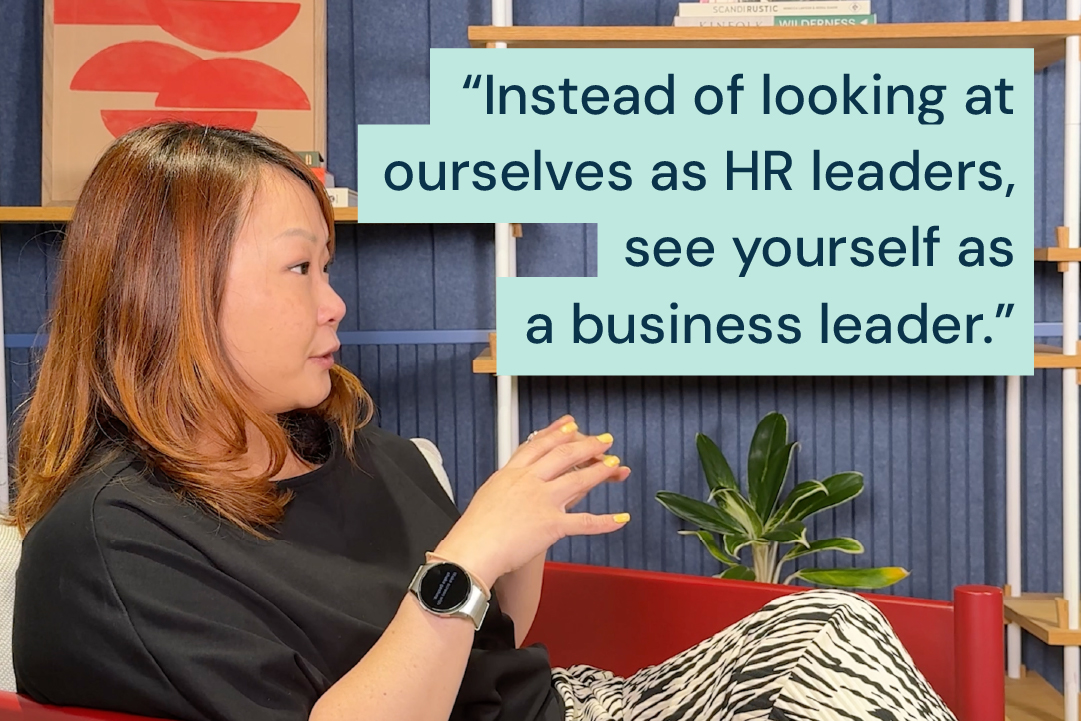The World's Top Tech Hub
Inequality, unaffordable housing and hyper-competition. These are all features of the world’s strongest tech hub. Silicon Valley receives more VC investment than any other city, but it has been falling since 2015. Meanwhile, in European tech hubs, a more sustainable model is emerging which is seeing growth more evenly distributed. To understand the unparalleled and unsustainable growth of Silicon Valley we have to look back to the technological innovations made in the late 20th century.
When MIT graduate Robert Noyce quit Shockley Semiconductor Laboratory in 1958 he would use silicon to perfect a revolutionary technology, the integrated circuit, developed by Jack Kilby around a similar time. Their retrospective companies (Fairchild Semiconductor and Texas Instruments) would go on to distribute the revolutionary technology and (help) position the Bay Area as the world’s leading tech centre, appropriately known as Silicon Valley.
The timing of their invention was good too. As tensions rose between the US and the USSR, the space race and cold war created a huge demand for the technology. Thanks to the abundance of skills, infrastructure and tech universities around the San Jose area Fairchild was not only able to meet the high demand of the US military but went on to create a number of similar startups in the Bay Area.

The VC gold rush
The startup trend quickly caught on and many of the startups established during the 70s and 80s are the tech leaders of today, such as Microsoft, Adobe and Cisco. However, it was after the $1.3bn IPO of Apple Computers in 1980 that VC investment flooded into the Bay Area. It has been attracting more VC investment than any other city ever since.
The surge of investment put Silicon Valley in an ideal position for the arrival of the world wide web in 1990. Many of the internet-based startups which are now household names, including eBay and Craigslist, were born in Silicon Valley which, fueled by VC’s, became the centre of the dot-com bubble.

A sign of things to come
When the bubble burst in 2001 Silicon Valley held its spot as the world’s top tech-hub, but climbing property prices and severe traffic congestion foreshadowed the structural problems that would compromise the areas growth years later.
The influx of tech talent, entrepreneurs and investors have amplified the rate of gentrification in the Bay Area. Since 2015, entrepreneurs have begun moving to other hubs, investors have been following, inequality is rampant and 46% of residents say they will likely leave the area in the coming years. As a result investment in Silicon Valley has been falling since 2015 (see graph above).
Tech hubs are evolving
In European tech hubs, the number of VC deals is also in decline but unlike in Silicon Valley, deal value continues to climb. More European businesses are scaling up and reaching maturity.
Are European tech hubs growing sustainably? Or are they heading for the structural problems which Silicon Valley experiences today?

European tech hubs certainly aren’t immune to the tech-driven gentrification that is seeing residents leave the Bay Area. In Shoreditch, for example, the arrival of tech businesses around the area now known as ‘Silicon Roundabout’ has seen the property and retail prices climb much faster.
In Berlin, residents have protested against the arrival of tech giants, such as Google, in fear of the growth of inequality which has become structural in San Francisco. It is unlikely that Silicon Valley will be matched anywhere else both in its explosive growth and its crippling gentrification.
A level playing field
In its golden years, Silicon Valley was a technology supply chain in its own right, producing the computer chips, the consumer products and the software. Today, technology is more evenly distributed than it was in the 90s, making it easier for entrepreneurs across the globe to get their hands on the resources they need to build a tech business.
This has led to increased competition, pushing tech businesses to specialise in certain sectors. Tech hubs have been using their strongest sectors to attract entrepreneurs. London has had many successful FinTech startups, such as Revolut and Monzo. Similarly, Israel focuses on AI, Shenzhen on hardware, Dublin on information technology and so on.
Not one, but a network
Thanks to the greater accessibility of technology there are a growing number of tech hubs internationally. With better transport links and closer time zones, investors, employees and entrepreneurs in Europe not only have more choice when deciding where to operate but can also more easily operate across multiple hubs.
Pleo, a FinTech scale-up, has Danish and Italian Co-Founders, a headquarters in Copenhagen, Stockholm-based investors and offices in London. This exemplifies how stakeholders across a cluster of tech hubs can cooperate, putting less pressure on each hubs resources and reduces the rate of gentrification which has led to critical inequality in Silicon Valley.

Government intervention
Unlike in Silicon Valley, governments have had time to realise the potential of the tech sector, the effects of its growth and respond accordingly. In 2011, David Cameron announced plans to further the growth of Silicon Roundabout through a ‘National Virtual Incubator’. The incubator is connecting research centres throughout the UK, distributing the growth spurred by the tech sector and relieving pressure on London.
In April 2019, the UK government announced 12 new Institutes of Technology aimed at boosting STEM skills in the UK to tackle the digital skills shortage. Similar initiatives and policies can be seen in Germany, Denmark and many other countries with growing tech sectors. Silicon Valley didn’t need favourable policies to grow, but to achieve sustainability investments in housing and talent could have lessened the downsides of economic growth.
The future of the tech hub
Silicon Valley had the perfect ingredients for a tech boom. A large talent pool, affordable infrastructure, a culture for innovation, a strong supply chain and a cornered market on tech. But the Bay Area pushed the limits of growth at the expense of affordable housing, equality, sustainability and a competitive edge over the more specified hubs arising today.
Today’s hubs, operating in clusters, demonstrate the more sustainable approach which is seeing growth from the tech sector more evenly distributed between cities and countries. While these hubs are still competing to attract entrepreneurs and startups, they can rest assured knowing they will never have a city as successful as Silicon Valley.







